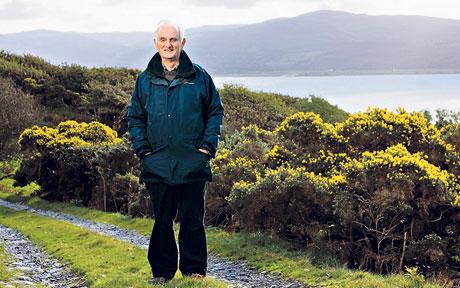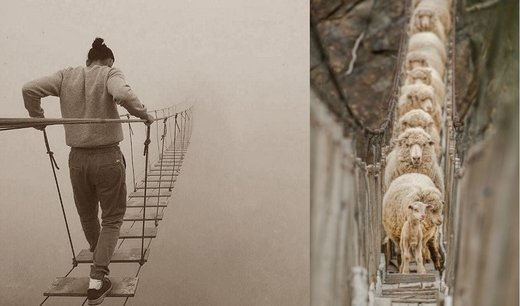
Everyone has enjoyed the discomfiture of the Met Office, caught out over its April forecast that we were in for a "barbecue summer" - not least because this is the third year running that our weathermen have got their predictions for both summer and winter hopelessly wrong. In 2007 and 2008 they forecast that summers would be warmer and drier, and winters milder than average - just before temperatures plunged and the heavens opened, deluging us with abnormal rain or snow according to season.
One cause of the blunders that have made the Met Office a laughing stock is less widely appreciated, however. It is that the multi-million pound computer it uses to assist its short-term forecasting for Britain is also one of the four main official sources of data used by the UN's Intergovernmental Panel on Climate Change (IPCC) to predict global warming. In this respect the IPCC's computer models have proved just as wrong in predicting global temperatures as the Met Office has been in forecasting those mild winters and heatwave summers.





Comment: This amazing story provides us once again with an every day real live example of the psychological deviance that pervades all of our reality. Those who run the programs and have foisted the global warming meme into the public consciousness over the last two decades now decide the raw data for which the last two decades' policies and political agendas have been based on are too dangerous for the public of which it serves to examine.
Absolutely amazing!
If the AGW'ers didn't have enough problems already with their failed models, tweaked data, falsified statistical methodologies, their missing tropospheric hot spots, missing ocean heat, extended winters, missing and flooded summers, low solar irradiance, low API, and on and on. Now, heading into the December 2009 Copenhagen Conference the propagandists will have to deal with the lowest of lows so far perpetrated by those in control and in positions of leadership and power in the climate science world. The actual removal and hiding of data and the refusal to allow data to be examined by anyone not in the special, elite, privileged group that is telling the rest of the world what to do.
It is unbelievable that a scientific public service institution would use the draconian state secrets laws and claim that temperature data it has used to beat the public consciousness over the head for the last couple of decades is all the sudden privileged information that the public is not allowed to see.
The Global Warming Political Terrorists strike another blow into the public psyche!
This incredible saga has been followed here on SOTT with the following stories:
British Climatic Research Unit Refuses To Release Data Once Again
"Deep Cool" - the Mole within Hadley CRU
Met Office / Hadley CRU discovers the mole
British Climatic Research Unit Erases Global Temperature Data
"Unprecedented" Data Purge At British Climatic Research Unit